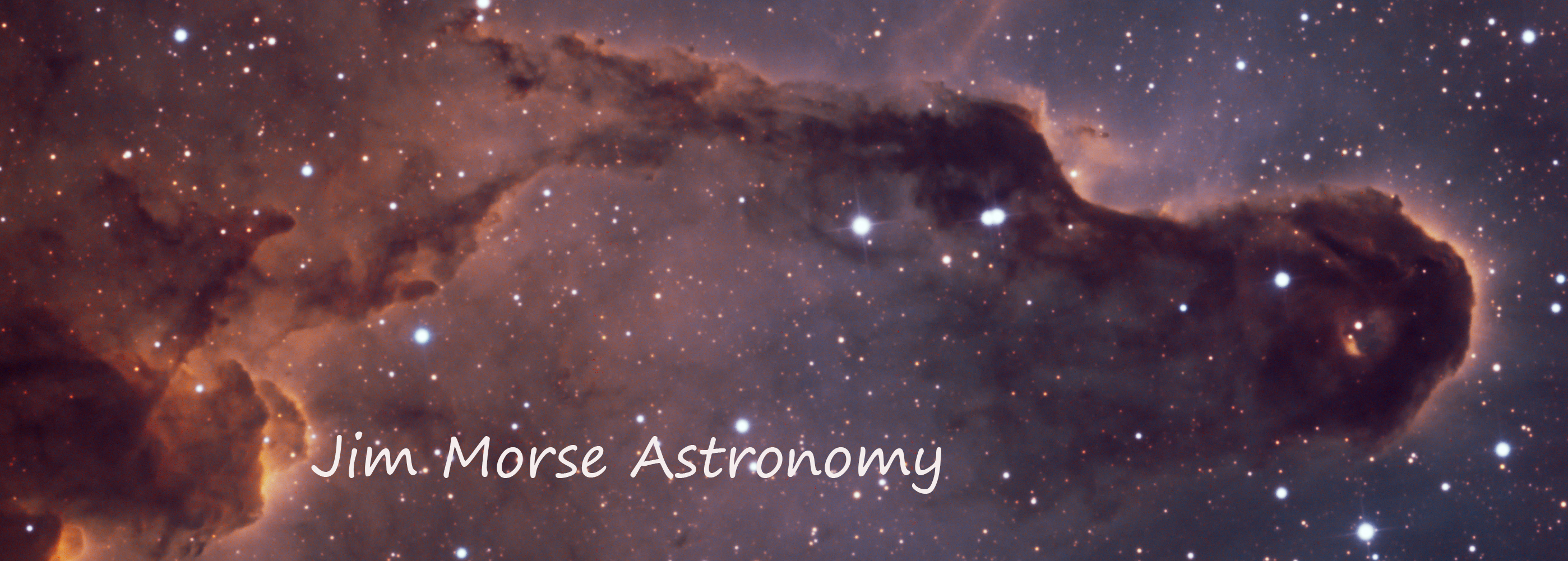About the Author
First, let me make introductions. I am a 66 year old attorney by trade (though as of March 1. 2017, retired) and have been observing for the past 25 years. During that time I have had the opportunity to use a number of different scopes and even built a nice 12.5 inch Dobsonian reflector which gave me years of pleasant nights (click here to see a picture). If you ignore the wobbly 2 inch dime store scope I owned as a kid, I started while on assignment in Norway with a Meade LX10 that I bought on a trip to London. I graduated to an LX90 while working in London and then built my dob when I returned to Houston in 2004. I started imaging in Houston (actually at the Houston Astronomical Society's dark sky site about 90 miles west of Houston) in early 2011 and then, beginning mid-2012, imaged and observed from a mountain in Oman (Jebel Shams, about a 4.5 hour drive from my home in Dubai where I was on assignment). Jebel Shams offered reasonably dark skies and cool, dry nights, even in the summer, both of which are sadly lacking in Dubai. As an example, at my preferred location about 2000M up, the summer temps are a comfortable and dry 20C (68F) compared to Dubai nighttime temps above 35C (95F) with humidity in the 80 to 90% range. In April 2014 I moved back to the US and started imaging again from the HAS site in August 2014 after my shipment with my equipment arrived from the Middle East.
I bought a TeleVue NP101is when I ventured into imaging (to see my Current Imaging System, click here). My first efforts were with a Canon 40D DSLR. While anyone serious about imaging will want to graduate to a cooled CCD eventually, I would encourage anyone considering imaging to start with a DSLR. Not only is it flexible since it can be used day or night but it also is a great way to see if you have the itch or if it’s just a passing fancy. When starting you should also take a long look at a fine, inexpensive imaging program named Nebulosity that made the transition from visual to photographic astronomy much easier than it otherwise would have been. And when you are ready to take the next step into autoguiding, the same group offers an easy to use free program named PHD2 Guiding (PHD2 for “push here dummy”). I heartily recommend both.
I have had both good and not so good experiences with various pieces of equipment. I will not “name names” regarding my disappointments, but, as with Nebulosity and PHD, I will freely applaud those tools I have found particularly helpful and/or well made. Also, be sure to check out my Links page for more informtion on various products.
I also have made just about every mistake possible in my imaging adventures (to read my article on "Stupid Things to do While Imaging", click here). While a great, if painful (and occasionally expensive) tool for learning, sometimes it is easier to tap into the prior learnings and mistakes of someone who has already been there. As such, I welcome the opportunity to share my experiences with anyone having difficulties in this most fascinating endeavor (or, for my British friends, "endeavour"). Please feel free to drop me a line at jkmorse57@gmail.com and I will see if any of my foibles may be enlightening. Or, absent that, we can explore solutions together.
Of course, the primary purpose of this site it to share my images with you. So please visit my home page for my newest offerings and the Gallery for my older stuff and feel free to send me an email at the above address on anything you like or dislike. And, since I am always looking to improve, any ideas on how to make my images better will always be welcome.
Clear skies and happy imaging!
